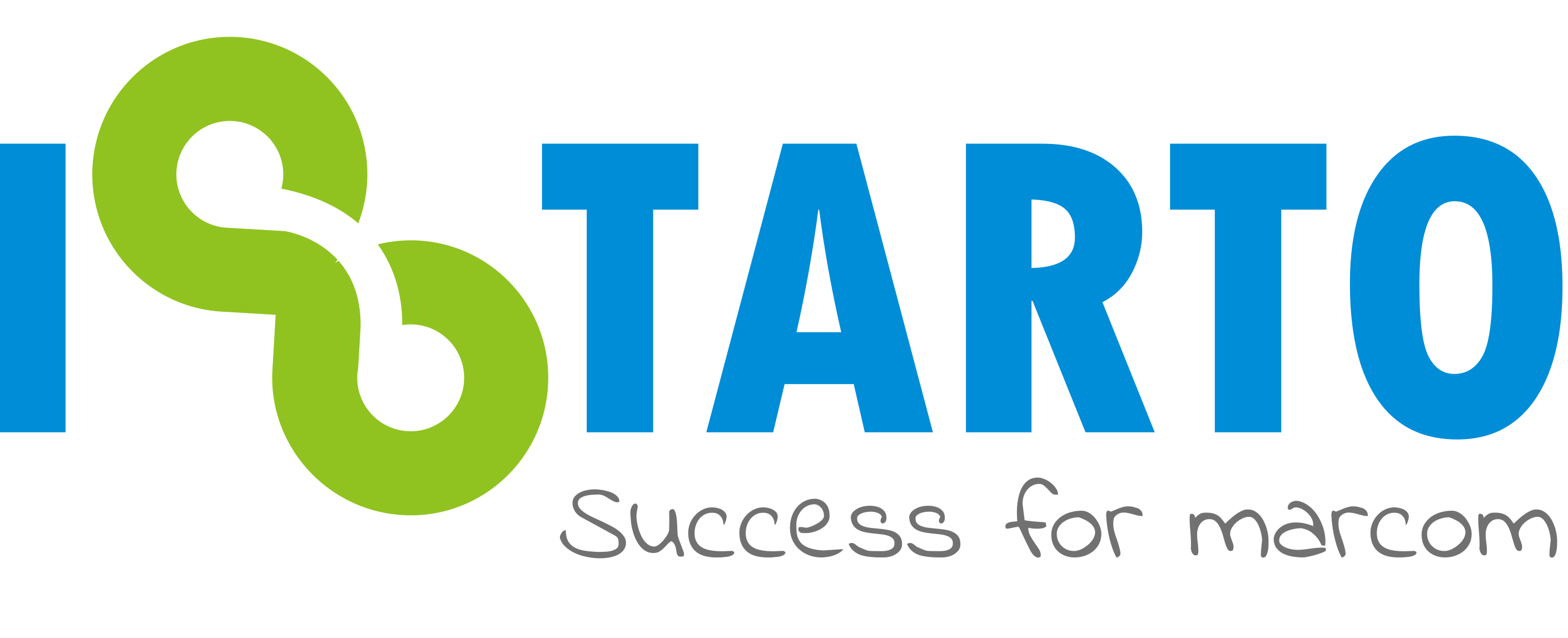Social media management is fast becoming a staple of business marketing for organizations of all sizes. In a recent survey, 52% of social media managers said social media positively influences revenue and sales. Therefore, fostering an ongoing conversation with your audience is important. Maintaining consistent branding and a regular posting schedule can be a challenge for the busy entrepreneur — especially if you run your business at the end of your day job.
However, you don’t have to spend these precious hours creating content and responding to social media replies to grow your audience. Instead, you can spend a little time planning and scheduling social media posts to free up time for the future. This checklist will help you develop a plan to grow your audience without dedicating your free time to social media management.
1. Choose Social Media Channels To Grow
It may be a good idea to experiment with a regular posting schedule on one or two channels rather than jumping into managing five or six right away. You may want to grow your follower count, increase interactions, or simply learn more about your already active users. As your capacity to plan and schedule future posts increases and you gain more insight into your typical follower, you could begin to grow additional channels in the same way.
2. Determine Content Format You Want to Promote
Social media marketing is a form of reminder marketing with a splash of word-of-mouth marketing. Keep this in mind as you choose the content type(s) you want to share. In the beginning, it’s a good idea to stick to one or two formats. Also, consider the channel — Instagram features images, while a platform like Twitter is more text focused. You can always expand to include other formats in the future. Don’t forget about sharing and re-sharing third-party content that relates to your own brand.
- Text-only
- Images
- Video
- Blog posts/links
- Curate content from other sources
3. Develop Seasonal Content
Think about the next six months or so and how upcoming major holidays and seasonal activities could be tied to your brand. Your products or services may already perform well during a particular season. Capitalize on this by developing content around the season. Celebrating national days of pizza/chocolate/hats are a fun way to add a little whimsy to your content.
- Back-to-School
- Holidays
- Graduation
- Weddings
- National days such as National Cheese Pizza Day
4. Share Your Evergreen Content
Use content you already have to engage your audience. For example, your existing how-to content is worth sharing at any time. Teaching your audience something new about your products/services is better than only sharing sales content.
5. Use Social Media Graphic Templates
Create reusable images/templates for each of the channels you wish to target. Be sure to include your logo. Swapping out promotional text or background images can be done quickly with templates. Your final images will maintain your branding and be consistent in size. Don’t worry, you can create social media templates without Photoshop.
6. Write Social Post Copy (or Hire a Writer)
Write out every post including the hashtags you plan to use. Creating content well before the time you plan to share gives you the opportunity to pay attention to every detail. Social media is a rather informal communication medium, but proper spelling and grammar are still critical.
7. Create a Post Schedule
Create a schedule for your evergreen and seasonal content first. This can be information with general guidelines of when you wish to schedule content or contain more detailed information (date, time, channel). Spreadsheets and editorial calendars are good for keeping this information in one place. You’ll end up with a document that allows you to easily view upcoming content.
8. Automate
Now that you have chosen social channels, created content + images, and created a posting schedule, it’s time to automate. First, you’ll need to select a social media management platform that best fits your needs and budget. You don’t have to jump into a paid plan right away. Many services offer a free tier. Each is a little different so you may want to try out more than one over time.
- Buffer
- Dlvr.it
- Hootsuite
- Zoho Social
9. Schedule Posts
Using the schedule you created, set up posts in your chosen social media management platform. Determine how often you want to repeat this task. Depending on the social media management platform you choose, you may have the option to schedule posts many months in advance.
Scheduling posts on a weekly or biweekly basis can be a good way to include content relevant to current trends in addition to your typical content. Sticking to a routine will help you keep content fresh and regular for your audience.
10. Interact with Followers
Don’t forget to interact with your audience. An always-on presence isn’t required, but it is a good idea to interact with your followers regularly. Choose a regular time to be available to interact with your audience and stick to it. This can be as little as five minutes a day.
11. Measure Success
Social media success means something different to every brand. You may wish to focus on follower count and interactions, especially if you’re new to social media management. Plan to spend time reviewing what works best for your brand and your business. When you know what’s working, you can do more of it in less time with proper planning!
Creating reusable assets and developing content ahead of time allows you to focus on the day-to-day tasks of running your business instead of your social media presence (or lack thereof).



